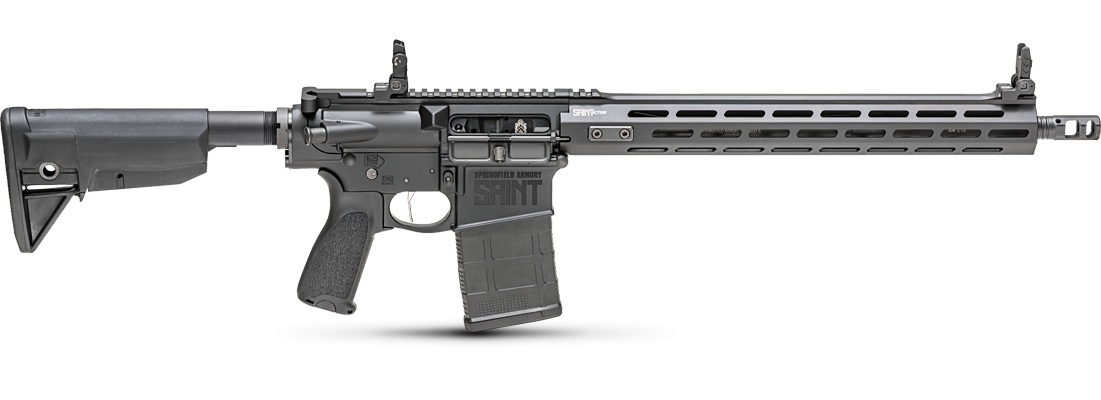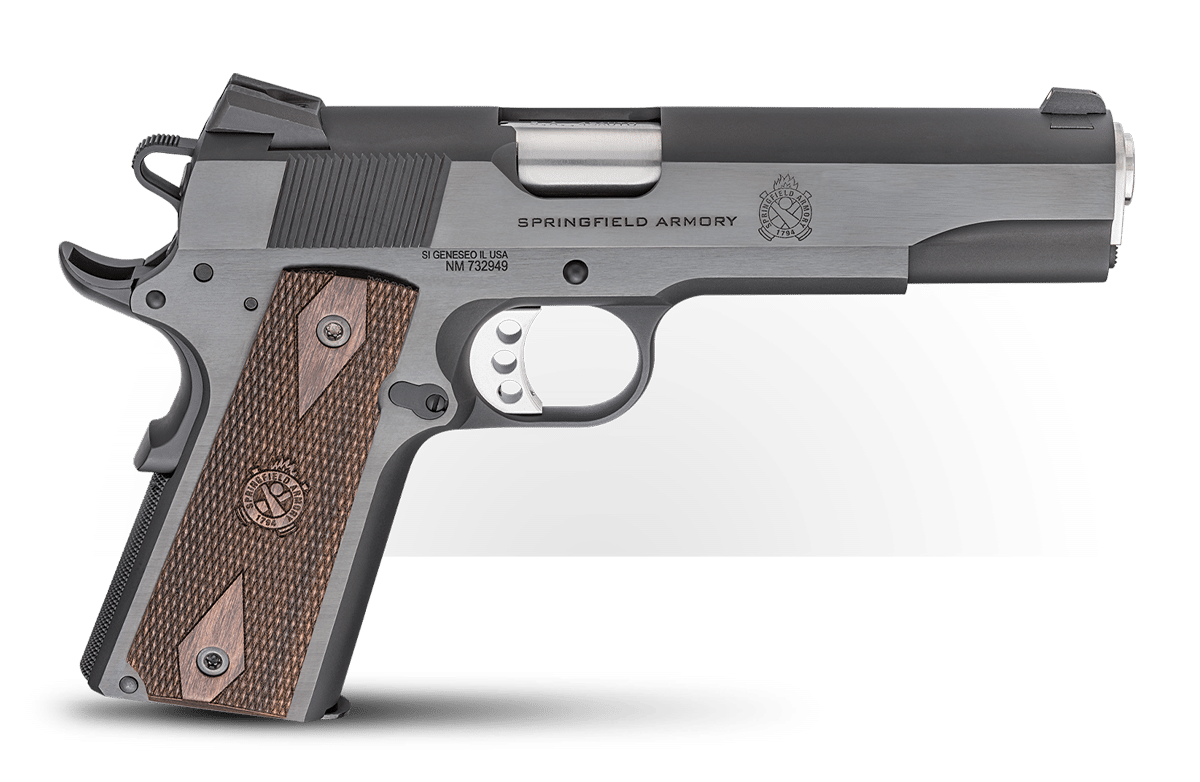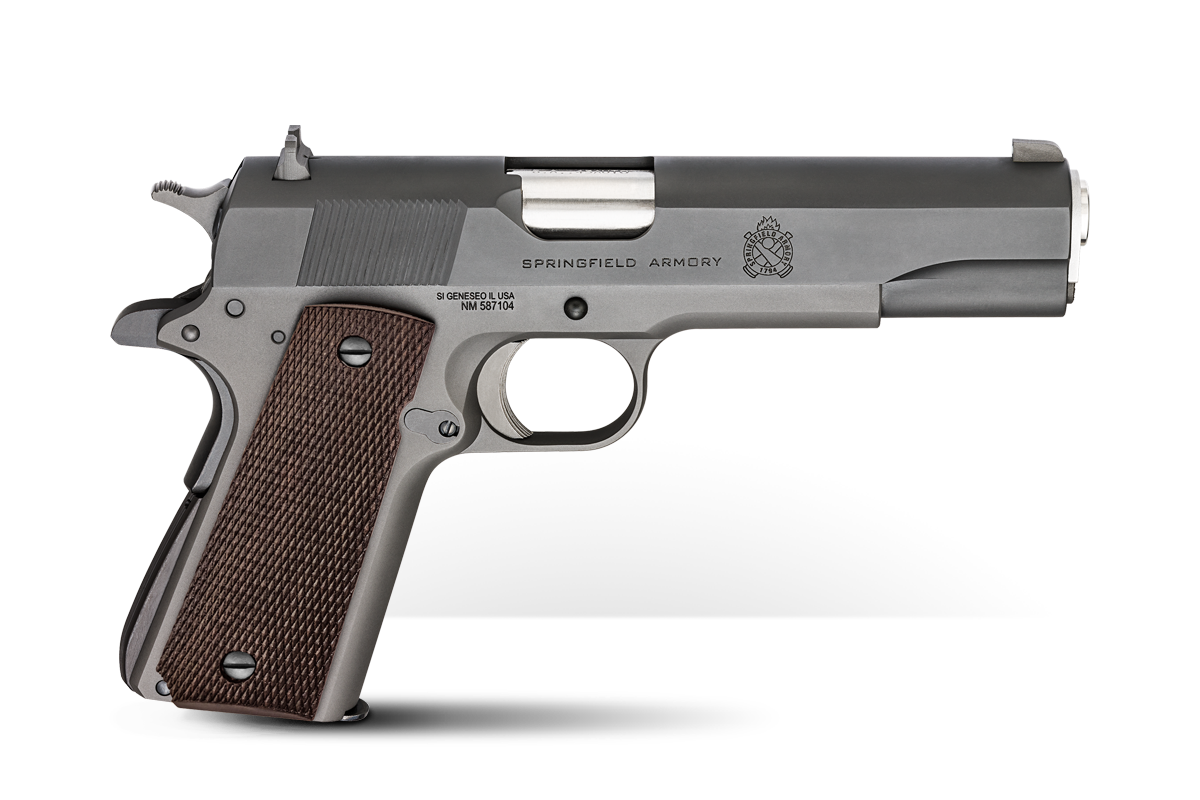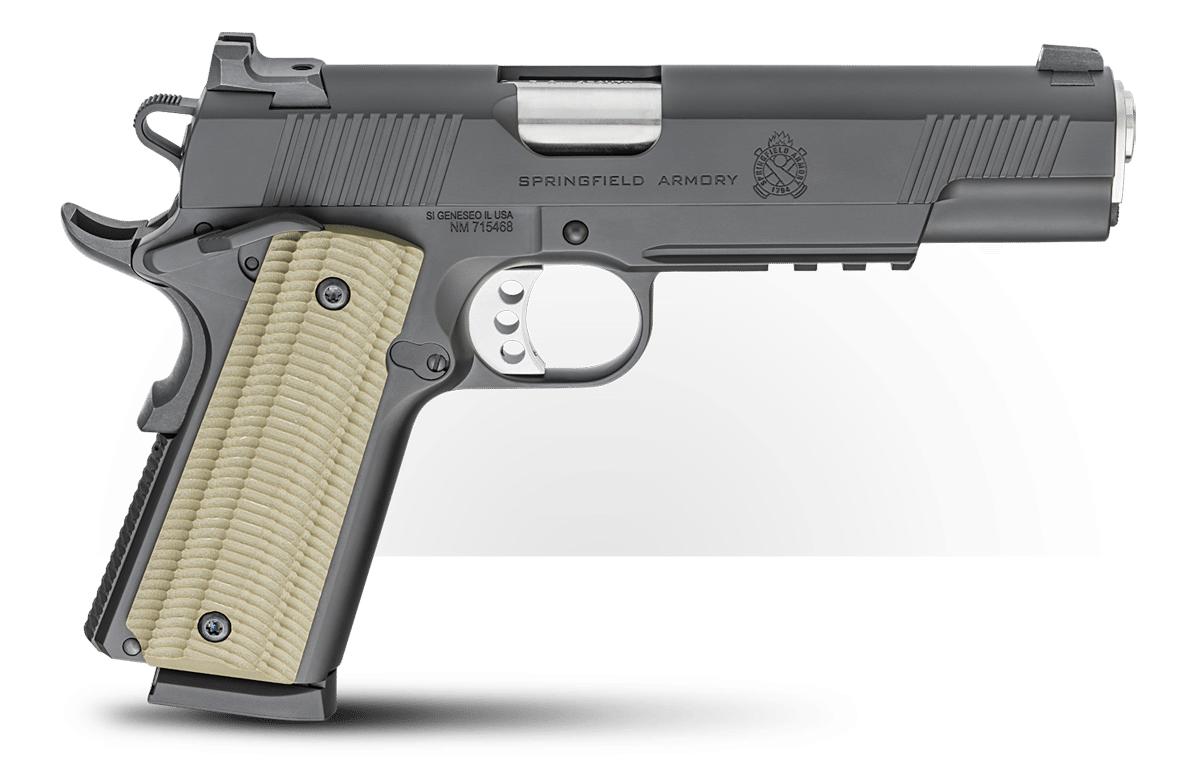Common Coatings and Finishes for Modern Guns
January 9th, 2022
5 minute read
Rust, wear and tear are four-letter words to gun owners. As a group, we are always looking for a way to achieve greater corrosion and wear resistance. The good news is, the options for improving the longevity of our firearms are more advanced and effective than ever before. There are many suitable options to protect the internal and external components of firearms.
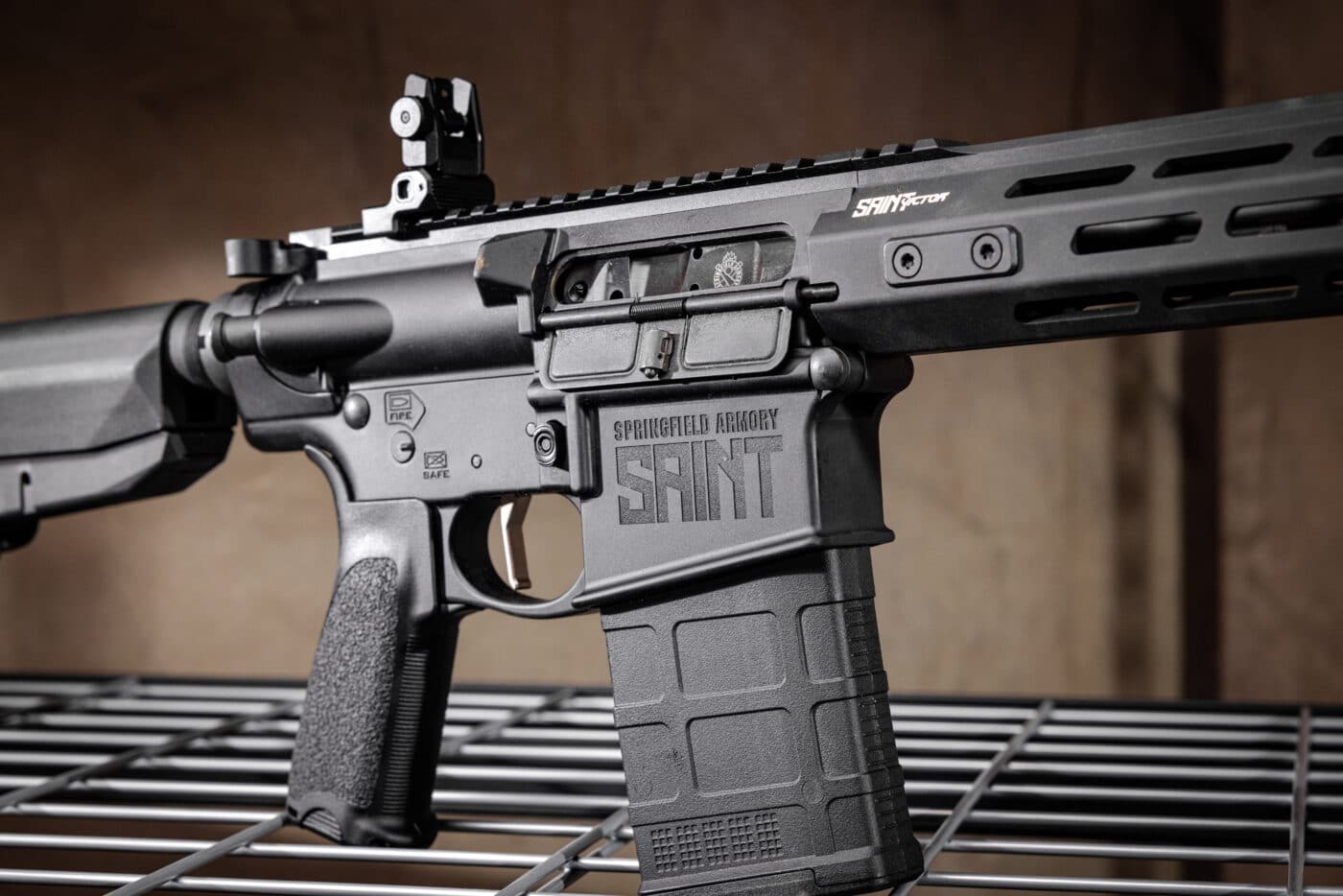
And the bad news is, reading a product description for many of these modern weapons requires a dictionary to decipher exactly what Bluing, Anodizing, Parkerizing, NiB, Melonite, Black Oxide, Cerakote, etc., represent. This leaves many gun owners to question whether any of these coatings and finishes make a significant difference.
The short answer is “yes,” but it is difficult to say that one is better than the other as it depends upon application, environment and the amount of maintenance one is willing to perform regularly. Let’s take a brief look at some of the more common coatings and finishes for the internal and external components of modern firearms and you can be the judge of what is best for your needs.
Bluing
For the traditionalist, the bluing of a firearm component is the most practical and cost-effective means to achieve corrosion resistance. The process is simple, inexpensive and does not change the size of the component. Bluing of steel is synonymous with oxidizing, with the process providing a rust-resistant finish.
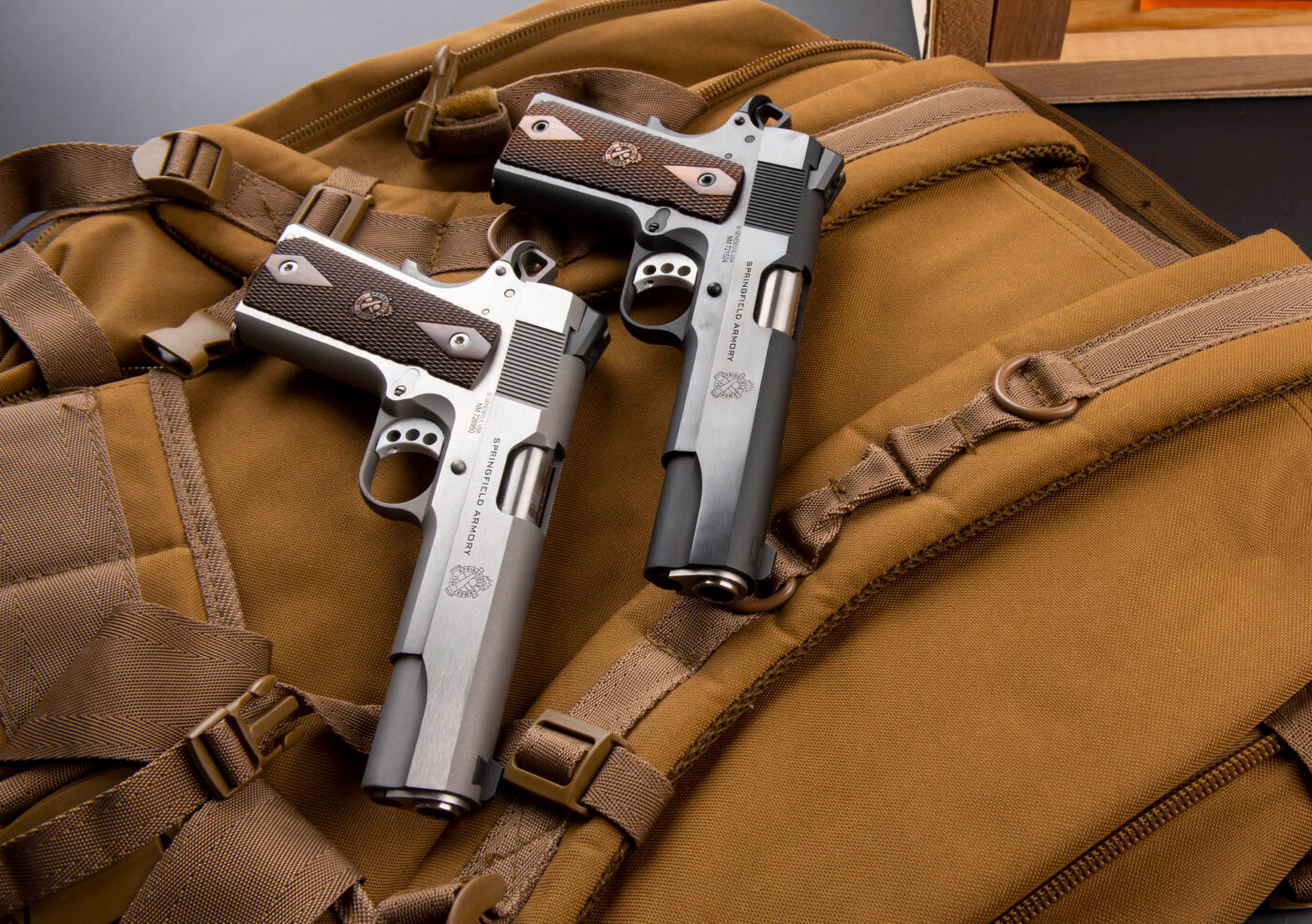
Bluing is achieved by converting the iron in the steel to black oxide through an electrochemical reaction. Bluing will provide rust protection in conjunction with frequent, light oiling. In addition to corrosion resistance, a component that is blued will offer less glare. If you are willing to put a little elbow grease into the maintenance of your gun, bluing is a reliable and inexpensive method to prevent corrosion and has been for generations.
Parkerizing
Parkerizing, often referred to as phosphating, is an excellent alternative to bluing. It still requires frequent oiling, but it provides a little more corrosion resistance than bluing. A Parkerized surface will increase a steel component’s resistance to corrosion, nicks and scratches.
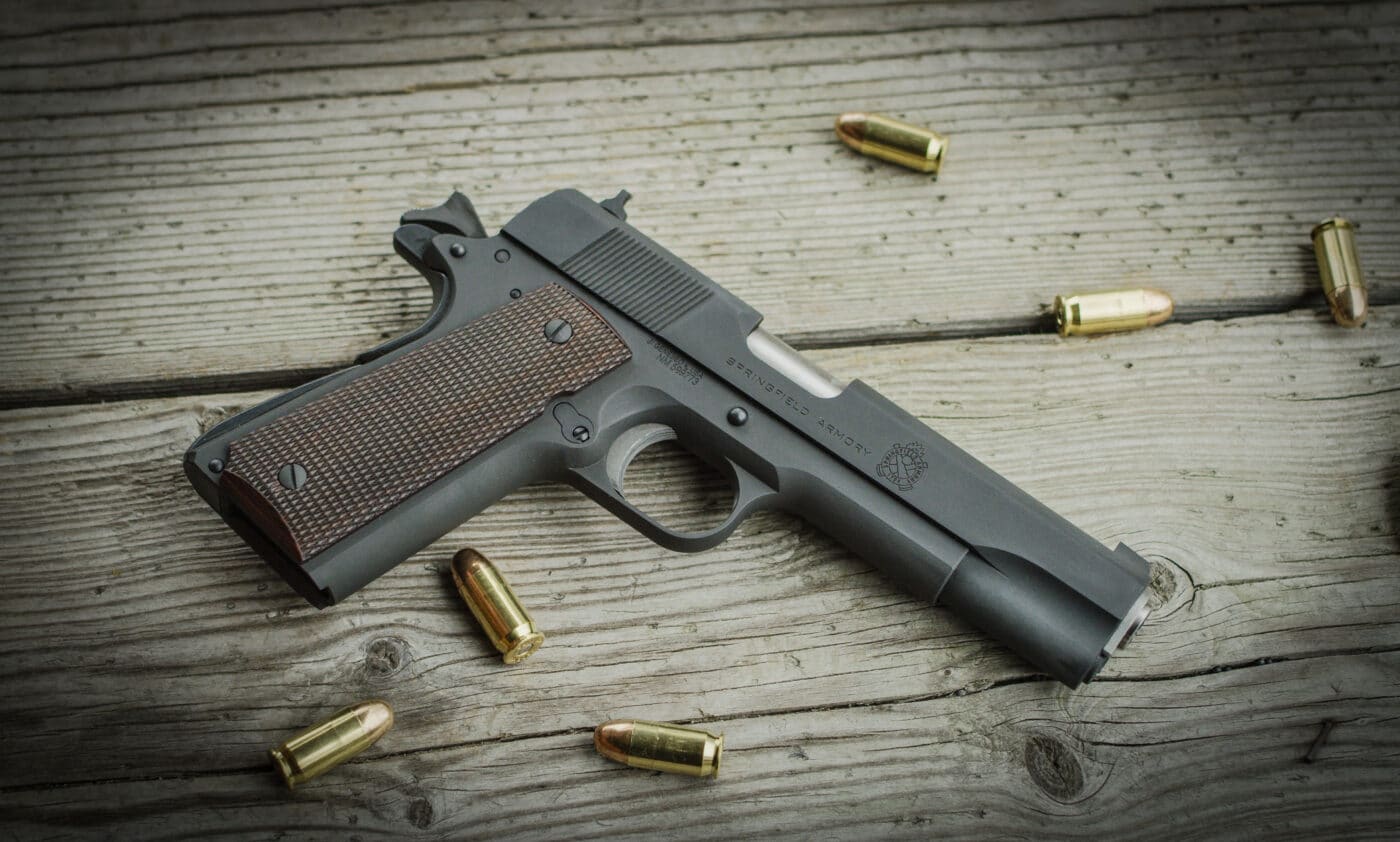
The protection comes from a process in which the steel is immersed in phosphoric acid solution creating a coating that boasts a gray-blackish finish and results in minimal changes to the dimensions of the component. In addition, if you do not want to put the extra effort into keeping your gun well-oiled, a phosphatized piece of metal coated with Moly Resin will provide additional wear resistance.
Anodizing
Anodized aluminum offers a hard finish with excellent lubricity. The process does increase the dimensions of the component by increasing the thickness of the naturally occurring oxidative layer. One of the best attributes of anodized aluminum is its hardness.
The hardness of anodized aluminum makes it extremely popular, especially with a hardcoat finish. Mil-Spec weapons boast a Type III anodized hardcoat finish offering up to 10 times greater wear resistance and superior corrosion resistance compared to conventional anodizing.
The hardcoat finish is achieved by submerging the aluminum in an electrolyte solution of sulfuric acid at approximately 32 degrees Fahrenheit. The completed process will produce a finish that will withstand the most extreme conditions.
Cerakote
Cerakote is becoming extremely popular in today’s gun market and for good reason. It can be produced in a myriad of colors, applied to a variety of surfaces, and is one of the most durable finishes available today.
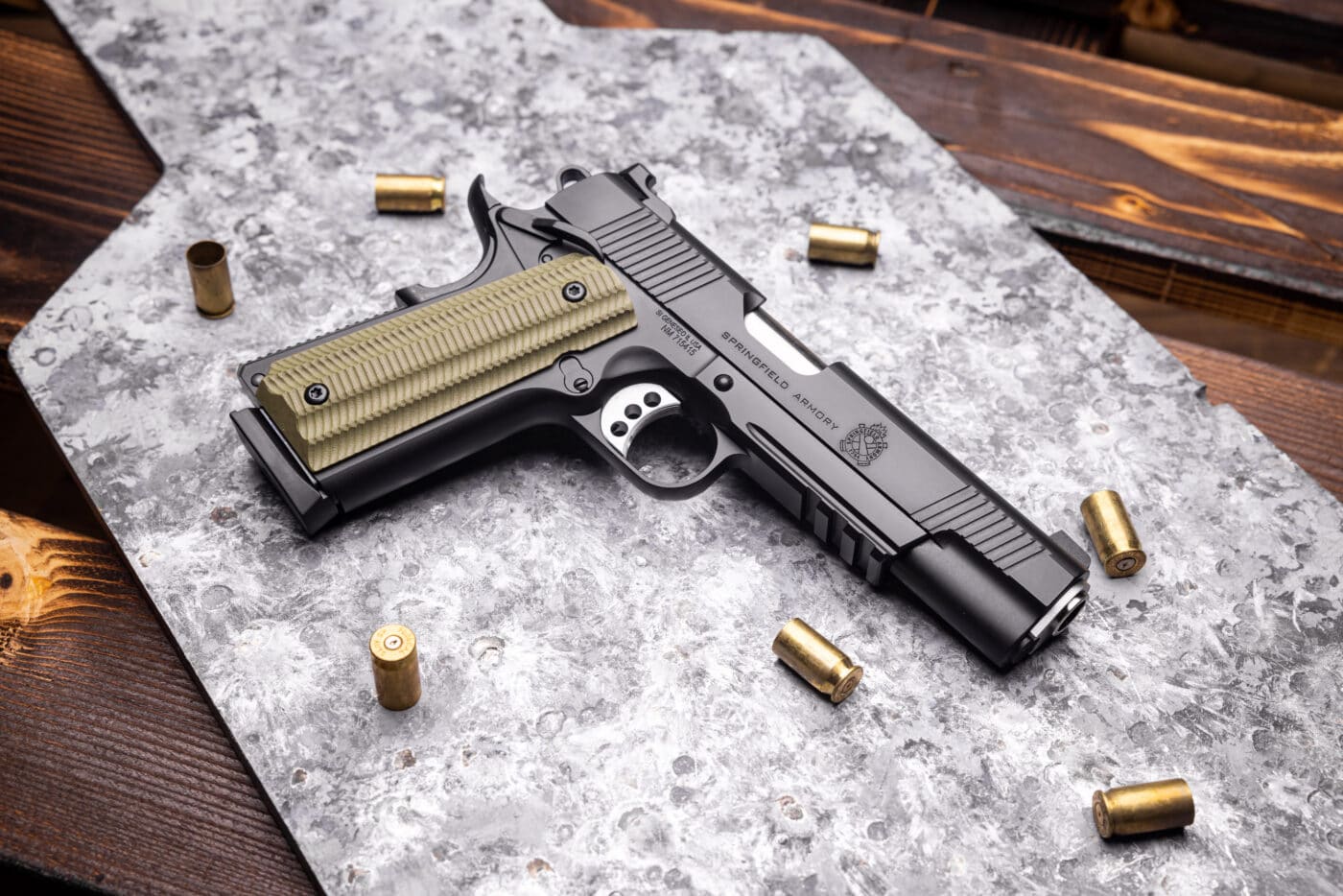
Cerakote is a tough, thin, and protective ceramic coating that offers superb corrosion resistance, is exceptionally resistant to scratches and tolerates extreme heat — up to 1,000 degrees Fahrenheit. The coating is easily applied to metal, composite and plastic surfaces. This attribute paired with the customizable coloring capabilities makes it perfect for the gun owner looking to customize their weapon.
The customizability, durability and toughness are all strong selling points for Cerakote but the low maintenance generally seals the deal for many shooters. If you are not concerned about paying a little extra for a coating that creates a nearly impenetrable barrier on the exterior of your weapon, Cerakote is an excellent option.
NiB
If you are searching for a good option for internal components, nickel-boron (NiB) offers increased lubricity, excellent corrosion resistance and easy cleaning. It is a chemically applied gun coating that creates a uniform surface coating on parts with tight tolerances. It can be used on titanium, aluminum and steel to create a finish that allows components to move freely with minimal friction. A NiB finish does require a little lubrication from time to time and provides a silvery metallic appearance.
Black Nitride
Do you recall seeing black nitride, Melonite, Ni-Corr or salt bath nitride listed in a product description and wondered what’s the difference? Well, not much. These are all variations of a surface treatment known as ferritic nitrocarburizing, a modified form of nitriding.
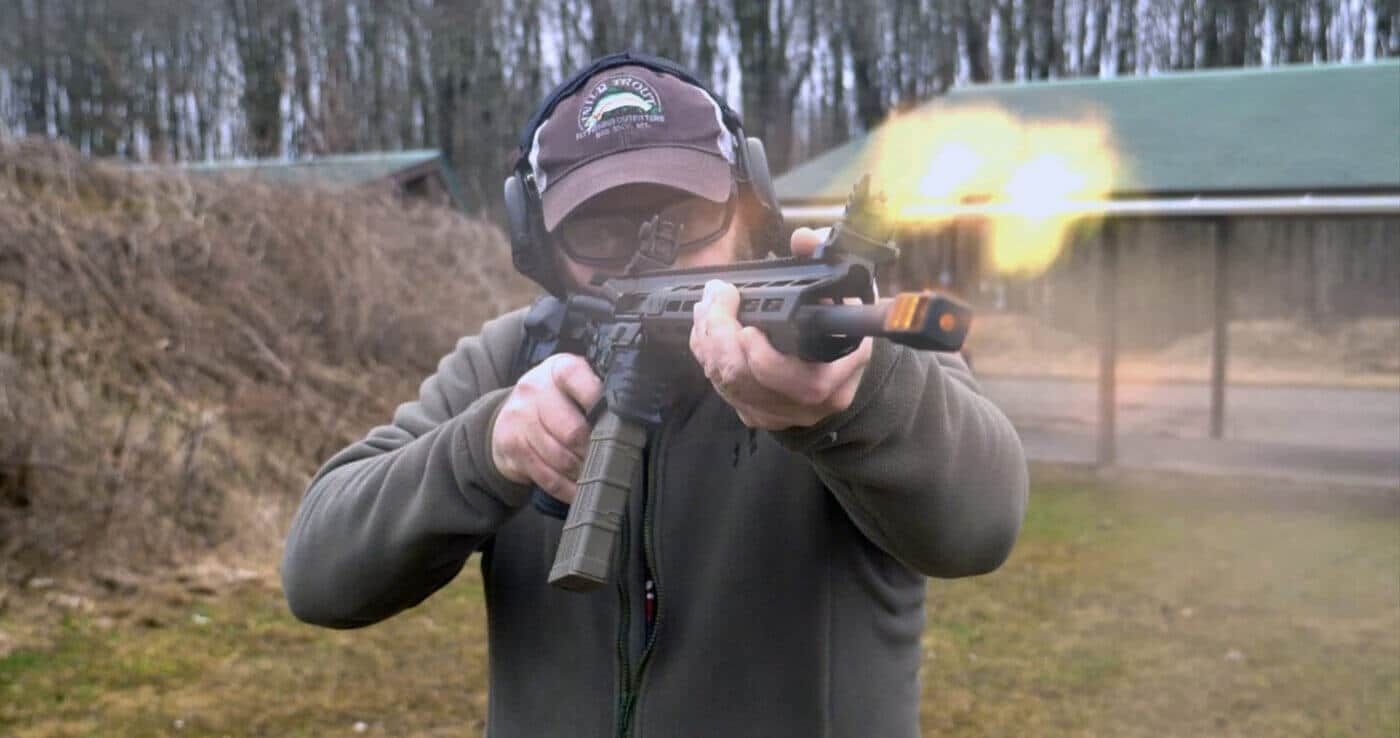
Simply put, this is a process that transforms the metals surface, improving its resistance to wear and tear, and corrosion. The process requires a metal that contains iron to interact with nitrogen and carbon to create a hard, corrosion, fatigue and scratch-resistant barrier. This is not an applied coating, it is a barrier formed by a chemical reaction. Removing the barrier requires the removal of the metal to get to the unprotected steel beneath, making it well suited for internal components and bores.
Final Thoughts
The list of coatings and protective finishes for modern firearms continues to grow and determining which is best boils down to a simple cost/benefit analysis by each gun owner. The only thing that is certain is that all the finishes on modern-day firearms are effective to varying degrees. Some are more cost-effective but require more maintenance, while others may be a burden on the wallet but light on the man-hours needed to preserve your favorite firearm.
Editor’s Note: Please be sure to check out The Armory Life Forum, where you can comment about our daily articles, as well as just talk guns and gear. Click the “Go To Forum Thread” link below to jump in and discuss this article and much more!
Join the Discussion
Featured in this article
Continue Reading
Did you enjoy this article?

 109
109




